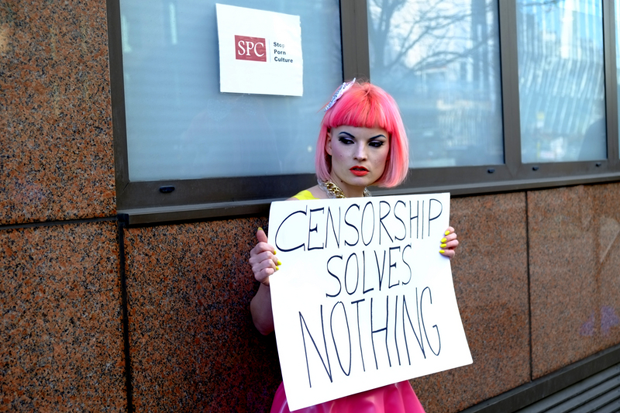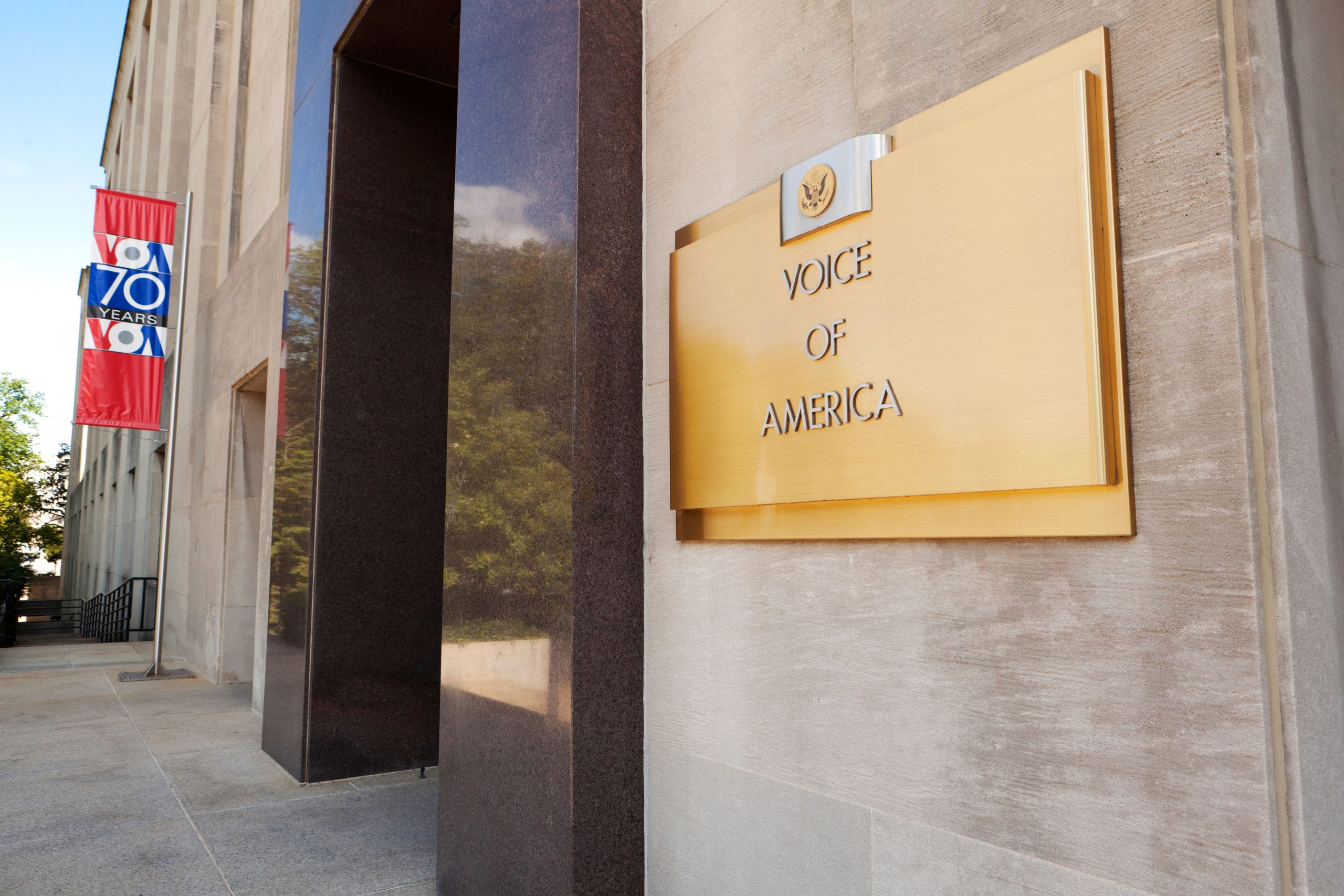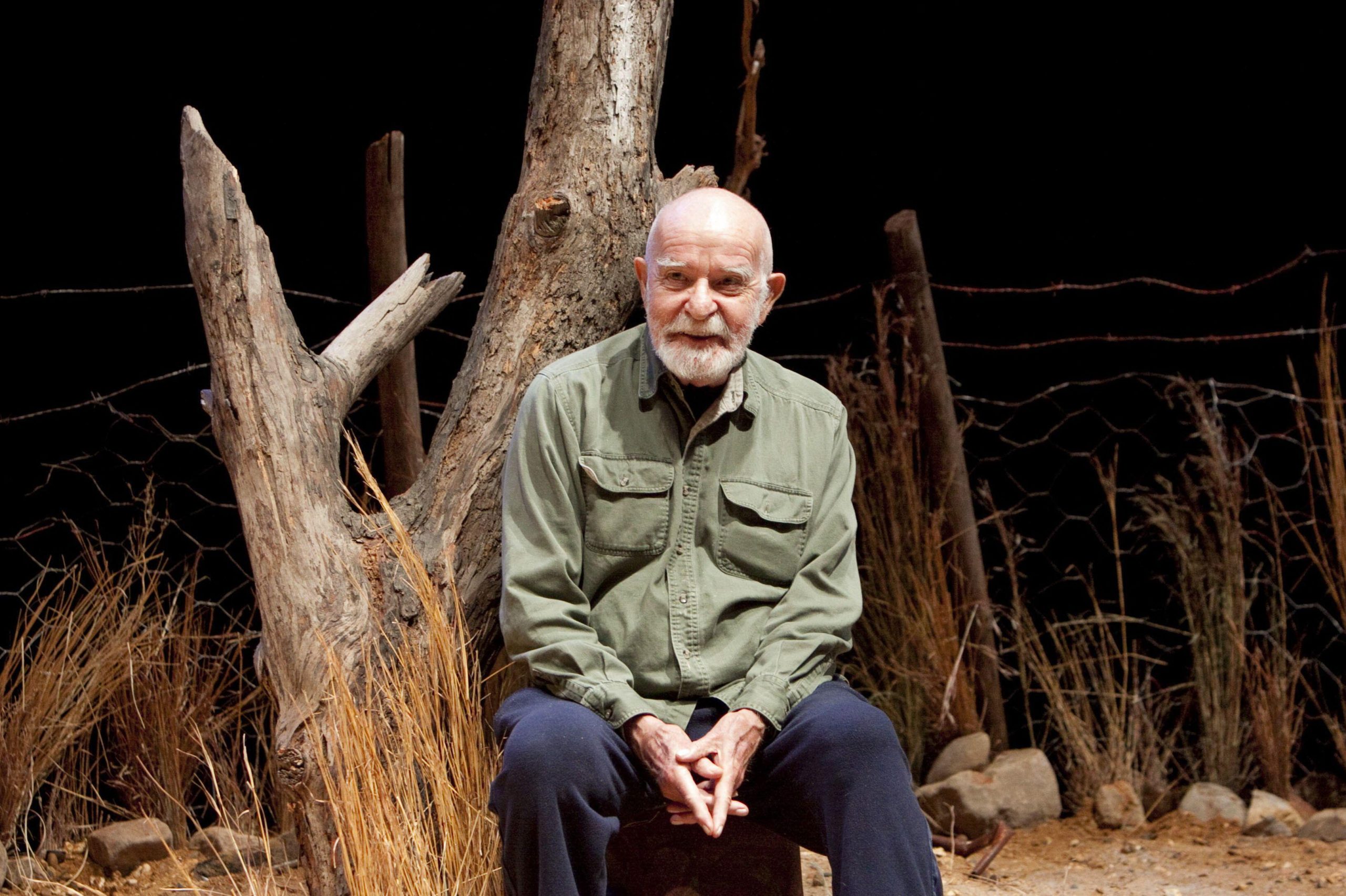
Protesters gathered outside a Stop Porn Culture conference in March 2014 organised by Gail Dines. Protesters included porn stars, filmmakers, artists, sex workers and supporters who believe in freedom of expression. (Photo: Rachel Megawhat/Demotix)
Last year London Mayor Boris Johnson’s aide, Simon Walsh, was arrested for possession of extreme pornography: depictions of anal fisting and urethral sounding. The respected barrister’ very public prosecution tore his life apart and lost him his jobs. In just 90 minutes the jury threw out his case – Walsh’s images were safe and legally produced.
The law under which he was prosecuted (Criminal Justice and Immigration Act 2008) was intended to affect only 30 people per year, but over 1,300 were prosecuted in 2012/13 alone. Clarification of what should be classed as “extreme”, promised by the Lords, never materialised. Government lawyers have attacked a wide range of materials, many of which juries consider innocent.
Now the government is sneaking through a vast extension to pornographic prohibition. It’s so vaguely worded that it could cover 50 Shades of Grey (if filmed), Game of Thrones or Florentine statues. Those found guilty of possession could face 3 years in prison and an unlimited fine.
Under the cloud of Cameron’s anti-child abuse crusade, possessing explicit/realistic portrayals of “the non-consensual penetration of a person’s vagina, anus or mouth by another,” real or simulated, will be illegal. The rhetoric that launched Claire Perry’s disastrous internet filtering initiative – the one that blocks abuse support, sex education and suicide helpline websites – also mandated this law. That rhetoric displays utterly muddled thinking, a confusion between stopping child abuse, stopping children accessing adult material and stopping anyone accessing non-mainstream material.
The change’s motivation is laudable. Genuine rape or abuse depictions (i.e. filming real crimes) should be illegal, all agree. Some women’s groups argue exposure to violent pornography affects viewers’ behaviour- RASASC calls the move a “step forward in preventing rapists using rape pornography to legitimise and strategise their crime”.
However, campaigners contend the draft law’s language is too ambiguous. A policy researcher from anti-censorship organisation Backlash argues: “The law will cover much more than the legislators imagine or intend.” Passing this law as an appendage in a “bumper bill (that includes) lots of legitimate concerns – a radical overhaul of probation and legal aid – (means this) very delicate matter isn’t getting appropriate democratic oversight”.
The government’s strategy, using child pornography as a blanket justification, makes effective opposition or refinement impossible. No politician spoke against the amendment in the bill’s readings or committee stage. Which MP, mindful of re-election, would stand for the right to possess violent erotica? Labour support the provision uncritically, denying it appropriate scrutiny.
Such a serious proscription, which might endanger harmless women and men, merits its own public debate, not back-door legislation. Solicitor Myles ‘ObscenityLawyer’ Jackman, who represented Walsh, highlights the dangerous subjectivity of judging pornography “realistic”, plus the “absence of any evidence proving…a causal link” between such material and Cameron’s “normalise(d) sexual violence against women”. A representative survey of 19,000 UK adults cited by three academics shows 1/3 of adult fantasies include domination or submission, and about 5% of Britons fantasise about delivering/experiencing violence. These academics’ parliamentary evidence repeated Jackman’s scepticism of the link between pornography and real-world crime. Groups like Rape Crisis South London and the End Violence Against Women Coalition assert such pornography does promote dangerous beliefs. The government itself “believes such images are unacceptable and most people would regard them as disgusting and deeply disturbing,” implying the majority’s moral distaste is grounds for legislation.
Groups like Sex & Censorship and Backlash protest the bill’s wording and justification, arguing millions of law-abiding kink practitioners might be criminalised for depicting safe, consensual, private acts. Sexual minorities including the LGBT community, bondage enthusiasts, horror-movie recreators and “vampire and goth enthusiasts who use fake blood in roleplay” could be covered, Backlash told me. Even Rackley and McGlynn, the Durham University academics who championed this law for years, criticise the bill’s wording, demanding clarification specifically banning “realistic images”, protection for “private depictions of consensual BDSM activity” and consideration of context.
Sex-positive feminism raises questions over what the bill would achieve. Arguments that violent pornography (and general sexual imagery) warps childhood development, perpetuates objectification and enables rape culture are valid, but attacking one subsection of pornography won’t stop children seeing questionable images. They fill celebrity magazines, tabloids, advertising and primetime TV.
In terms of child protection, then, this may be window-dressing. It’s far more important for schools to promote effective sex education covering consent, gender, identity and relationships, rather than a “see no evil” approach. Such education is woefully lacking and outdated. Meanwhile the government has cut funding for sexual health services for vulnerable teens and youth services, and is attacking endangered women’s panic rooms via the “bedroom tax”.
The government may be simultaneously attacking the harmless, and harming those who are helpless. The extension of extreme pornography censorship is dangerous because it’s had minimal public discussion, the wording is poorly considered, and it’s unlikely to address the problem used to promote it.
This article was published on April 11, 2014 at indexoncensorship.org




